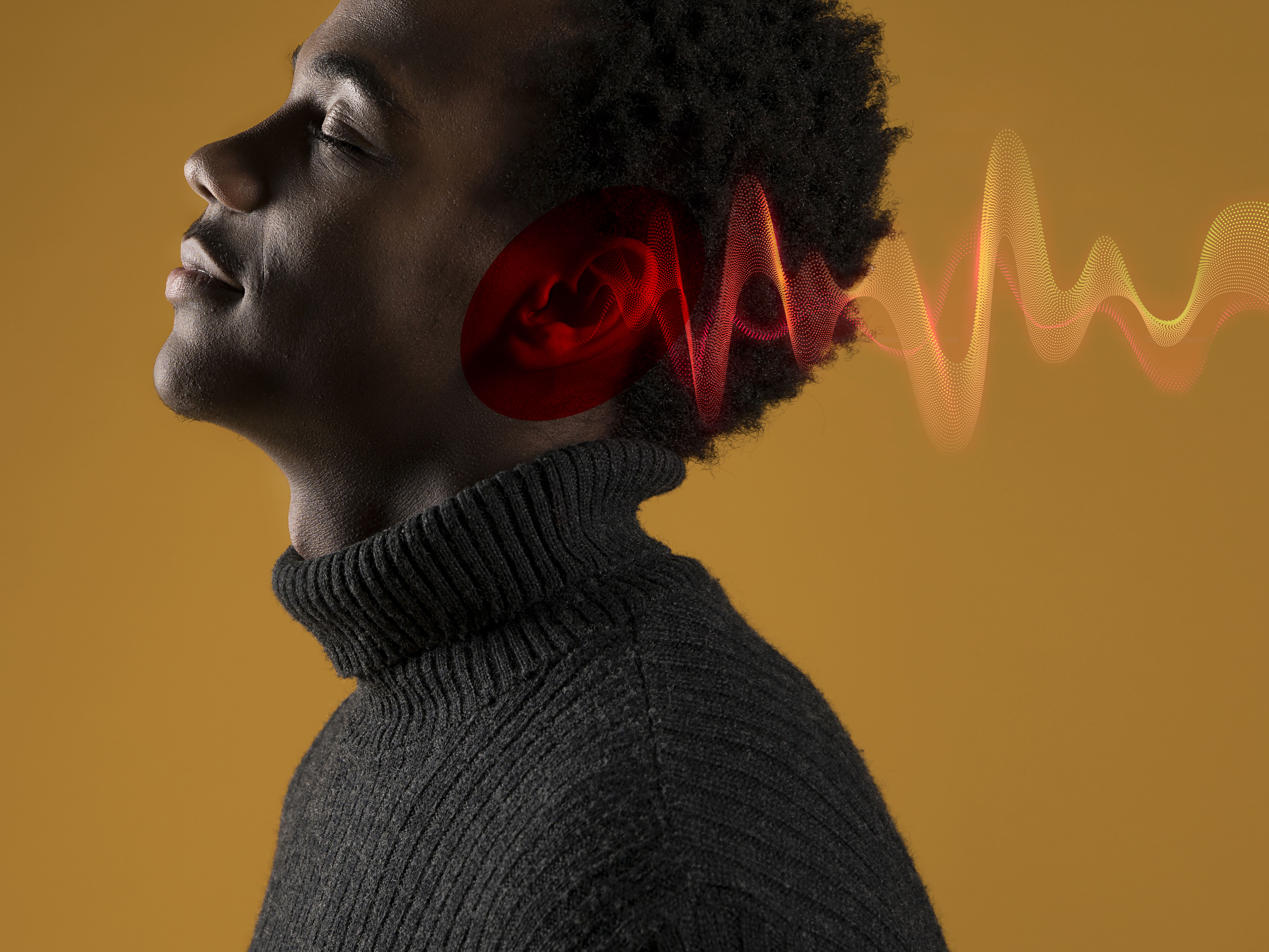info@sadi.co.ke
+254727368241
Digital marketing has long focused on visual and auditory cues — striking visuals, catchy jingles, and engaging videos. However, the next evolution of advertising lies in sensory marketing, a strategy that goes beyond sight and sound to engage multiple human senses through immersive technology.
Expanding the Sensory Spectrum
Modern brands are leveraging haptic feedback, spatial audio, and scent-enabled interfaces to create deeper emotional connections. For example, VR experiences can simulate the texture of a product, while AR apps can suggest scents associated with a digital item — such as the aroma of roasted coffee beans in a café ad. This form of multisensory engagement enhances emotional memory, making brand interactions more memorable and persuasive.
AI and Personalization in Sensory Campaigns
Artificial intelligence plays a critical role by analyzing user preferences and contexts to deliver personalized sensory experiences. A fitness app might use adaptive lighting and soundscapes to motivate users, while an e-commerce site could simulate the feel of materials before purchase. As AI learns emotional responses, it refines campaigns to match user moods, further increasing engagement.
Ethics and the Future of Sensory Advertising
While sensory marketing promises rich engagement, it raises ethical questions about manipulation and data privacy. Marketers must ensure transparency and consent when designing such immersive experiences. The future will likely see a balance — technology creating deeper emotional resonance while preserving user autonomy.
Final Thoughts
As digital experiences become more immersive, sensory marketing stands at the frontier of brand innovation. By going beyond sight and sound, it invites audiences to not just see an ad — but to feel it.
 October 23, 2025 - BY Admin
October 23, 2025 - BY Admin